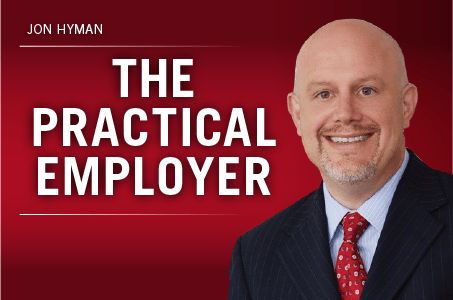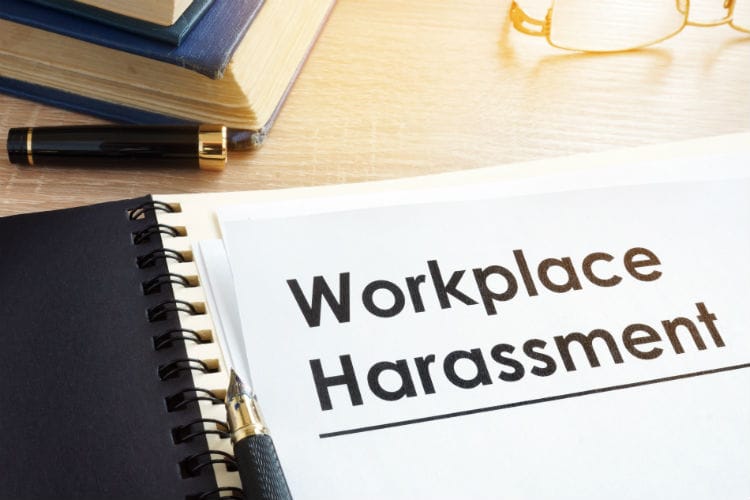 Atlantic Capes Fisheries agreed to pay $675,000 to settle a lawsuit filed by the EEOC alleging sexual harassment and retaliation.
Atlantic Capes Fisheries agreed to pay $675,000 to settle a lawsuit filed by the EEOC alleging sexual harassment and retaliation.
The allegations that lead to the settlement, and this nomination as the worst employer of 2019?
A male supervisor, Fidel Santos, asked a new female employee, Esdeyra Rosales, about her personal life, stood close behind her while she was working, touching her back, hips, and buttocks. When she objected, he told her there was no work for her. When Rosales asked, and was granted, reassignment to another line, Santos’s harassment did not stop. He continued to make rude comments about her body and solicit her for sex. On one occasion, Santos approached Rosales from behind and asked her to touch his penis. When she refused, he pressed up against her, rubbing his penis against her buttock. Rosales complained to management, but they told her either to ignore it, or that they would “look into it.” The harassment, however, continued.
The harassment was not isolated to Rosales. Santos also allegedly harassed Margarita Fuentes, Mirna Pacaja, and others.

On Fuentes’s first day of work, Santos grabbed her buttocks. When she objected, Santos told her, “Here, anything goes.” Fuentes immediately complained to a manager, who told her that Santos was “crazy” and that she should just ignore him. The very next day, Santos came up behind Fuentes, grabbed her hand, pulled it behind her back, and placed it on his penis. When she resisted, Santos called her a “stupid old lady,” and that she was expected to do what she was told. Fuentes again complained to management, who again told her just to ignore it. The alleged harassment even after Fuentes ultimately secured a transfer away from Santos. He would find her, and call her “stupid” and “good for nothing,” question why she would not submit to him sexually, and hypothesize about her sex life.
Pacaja had worked for the fishery for 4 years before being transferred to Santos’s line. He allegedly similarly harassed her, almost from the start. He would grab her waist and hips, comment on her genitalia and buttocks, complain that she would not submit to him sexually, ask her to touch his penis, rub his hands on her breasts, and rub his erect penis up against her.
When Pacaja and Rosales ultimately complained to the HR manager, and then filed discrimination charges with the EEOC, they started receiving written warnings concerning alleged interpersonal issues with their co-workers. Within weeks they were both fired.
According to EEOC Senior Trial Attorney Sara Smolik, “The brave women who filed discrimination charges with the EEOC in this case alerted the agency to widespread sex harassment that was adversely affecting them and many of their female co-workers in the facility. Because they had the courage to step forward, the EEOC was able to investigate and bring this lawsuit to improve the working conditions for everyone.”
It also might lead to this employer being named the worst employer of 2019.
Previous nominees:
The 1st Nominee for the Worst Employer of 2019 Is … the Philandering Pharmacist
The 2nd Nominee for the Worst Employer of 2019 Is … the Little Rascal Racist
The 3rd Nominee for the Worst Employer of 2019 is … the Barbarous Boss
The 4th Nominee for the Worst Employer of 2019 is… the Flagrant Farmer







 You must engage in a full, fair, and impartial investigation into all allegations of unlawful harassment. And, if you cannot do that, hire a third party to do it for you.
You must engage in a full, fair, and impartial investigation into all allegations of unlawful harassment. And, if you cannot do that, hire a third party to do it for you.